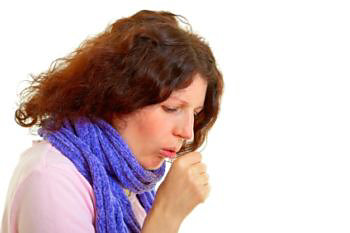Is Your Home Making You Sick?

December 18, 2014
Got a sore throat? Runny nose? Are you coughing, sneezing or wheezing? Maybe you have a headache that won’t go away.
You may blame your sickliness on a bug you got from a coworker. But the culprit may be your own home.
How will you know?
Ask yourself if these 4 things sound familiar:
- Your symptoms are related to being in parts of your home
- Your symptoms magically resolve themselves after you leave your home for a while
- Other people in your home notice the above 2 things happening to them, too
- You can’t identify a specific illness or cause of the illness.
Is that you?
You may have what the EPA calls “sick building syndrome” (SBS)—that is, your home is making you sick.
3 things that contribute to sick building syndrome
1) Poor air ventilation
Ventilation refers to the exchange of indoor and outdoor air. Poor ventilation allows harmful gases (from gas furnaces, fireplaces and stoves) and excessive moisture to build up in your home.
2) Chemical contaminants from everyday home products
Certain carpets, paints, solvents, wood-based furniture and air fresheners can emit volatile organic compounds (VOCs).
VOCs harmful effects include:
- Eye, nose, and throat irritation
- Headaches
- Loss of coordination
- Nausea
- Damage to liver, kidney, and central nervous system.
If your home is poorly ventilated, you’re more likely to be affected by VOCs since they’re not ventilated out of your home.
3) Biological contaminants growing in your home
By biological contaminants, we mean:
- Mold
- Pollen
- Viruses
According to the EPA, “These contaminants may breed in stagnant water that has accumulated in ducts, humidifiers and drain pans, or where water has collected on ceiling tiles, carpeting, or insulation.”
Sometime mold grows in your home because the humidity level in your home is too high (above 50%). Again, properly ventilating your home can help with this.
How to solve sick building syndrome
This is a summary of the EPA’s advice:
Remove the sources of pollution
This includes:
- Regularly replacing your AC’s air filters
- Limiting the use of paints, adhesives, solvents and pesticides to well-ventilated areas
Increase ventilation rates and air distribution
This includes:
- Opening up a window
- Turning on your kitchen or bathroom exhaust fans
- Maintaining furnaces, chimneys and gas water heaters so that carbon monoxide is ventilated out the home
To learn more, check out this guide to home ventilation from energy.gov.
Get an air cleaner
Your regular fiberglass air filter only catches larger dust particles. You’ll need an air cleaner with a high MERV rating to catch small particles that can hurt your indoor air quality.
Posted in: Troubleshooting